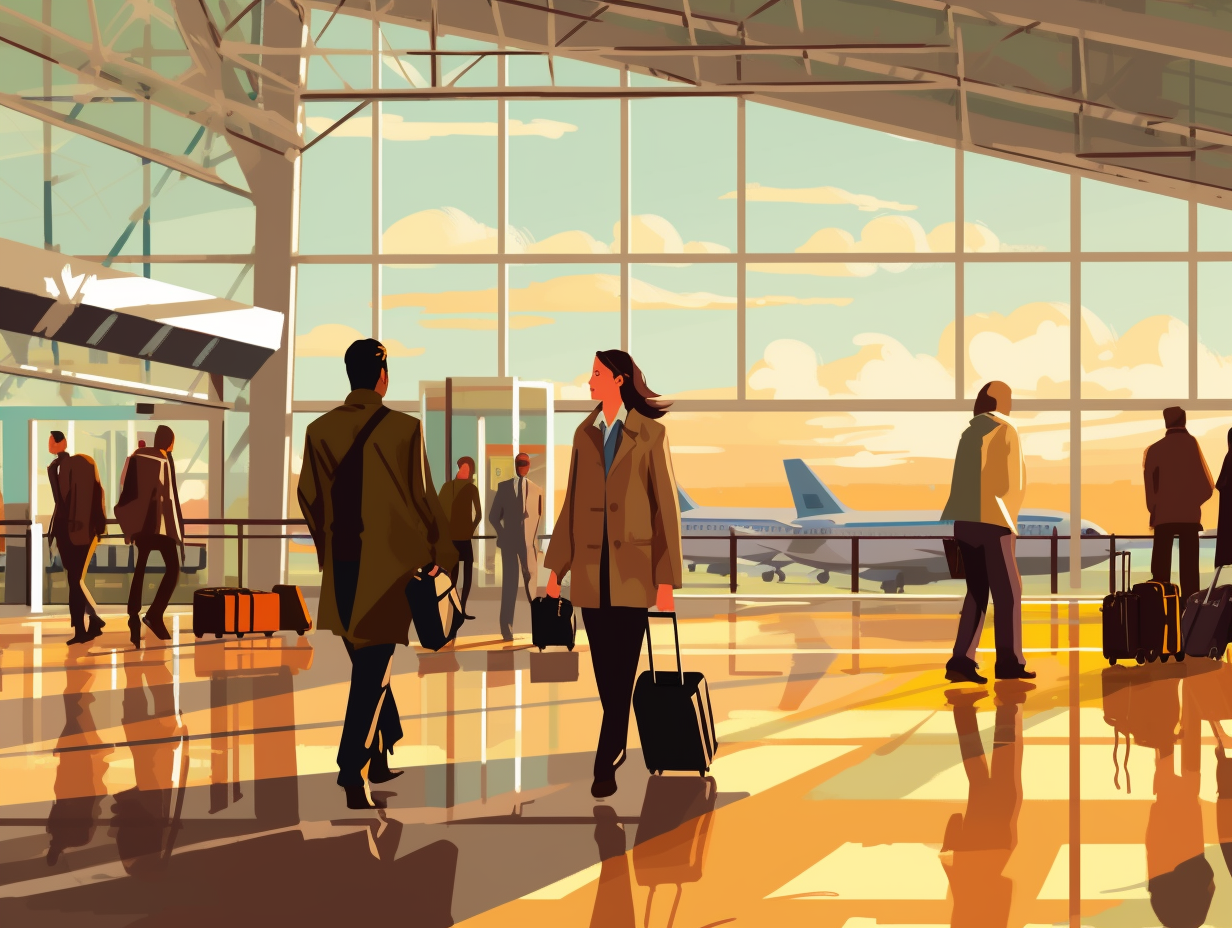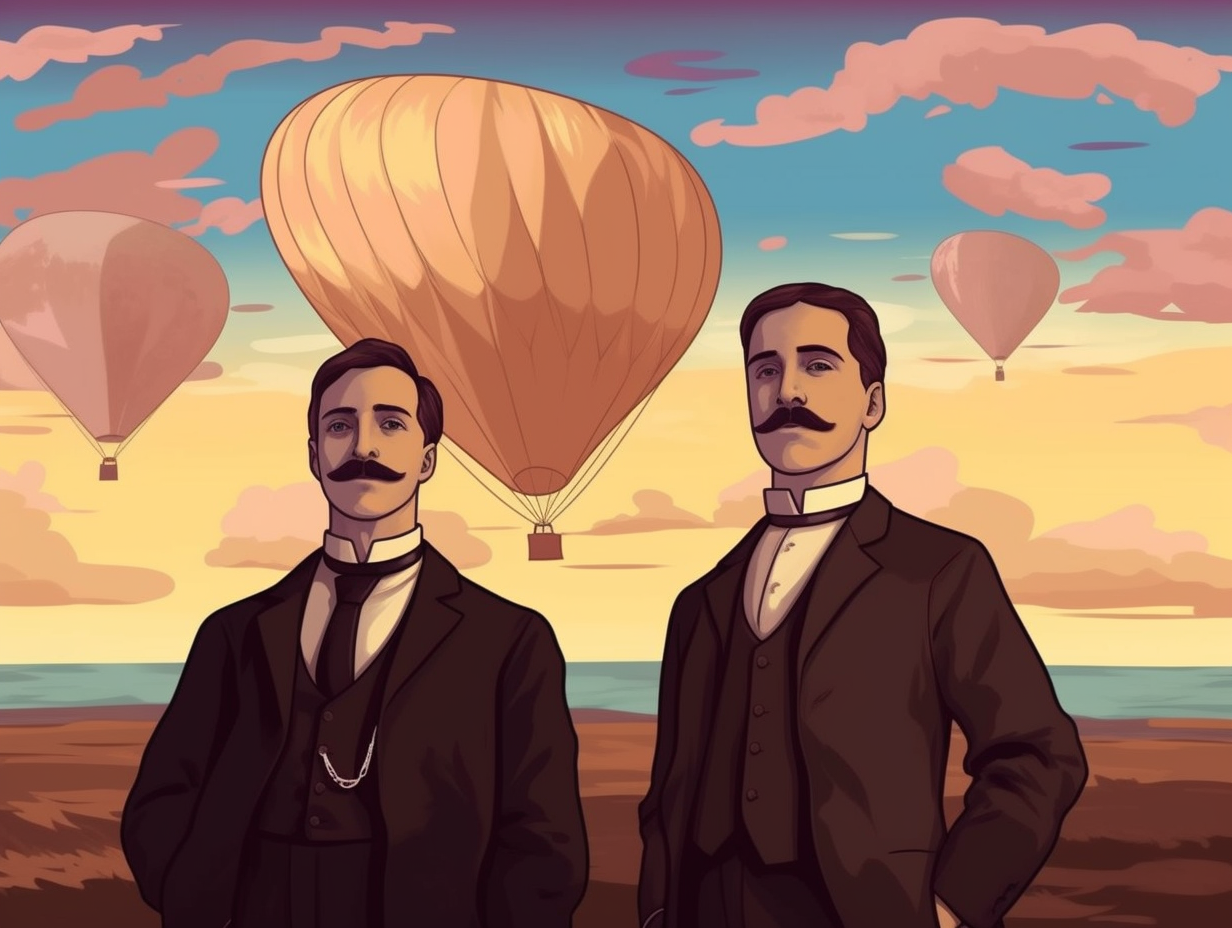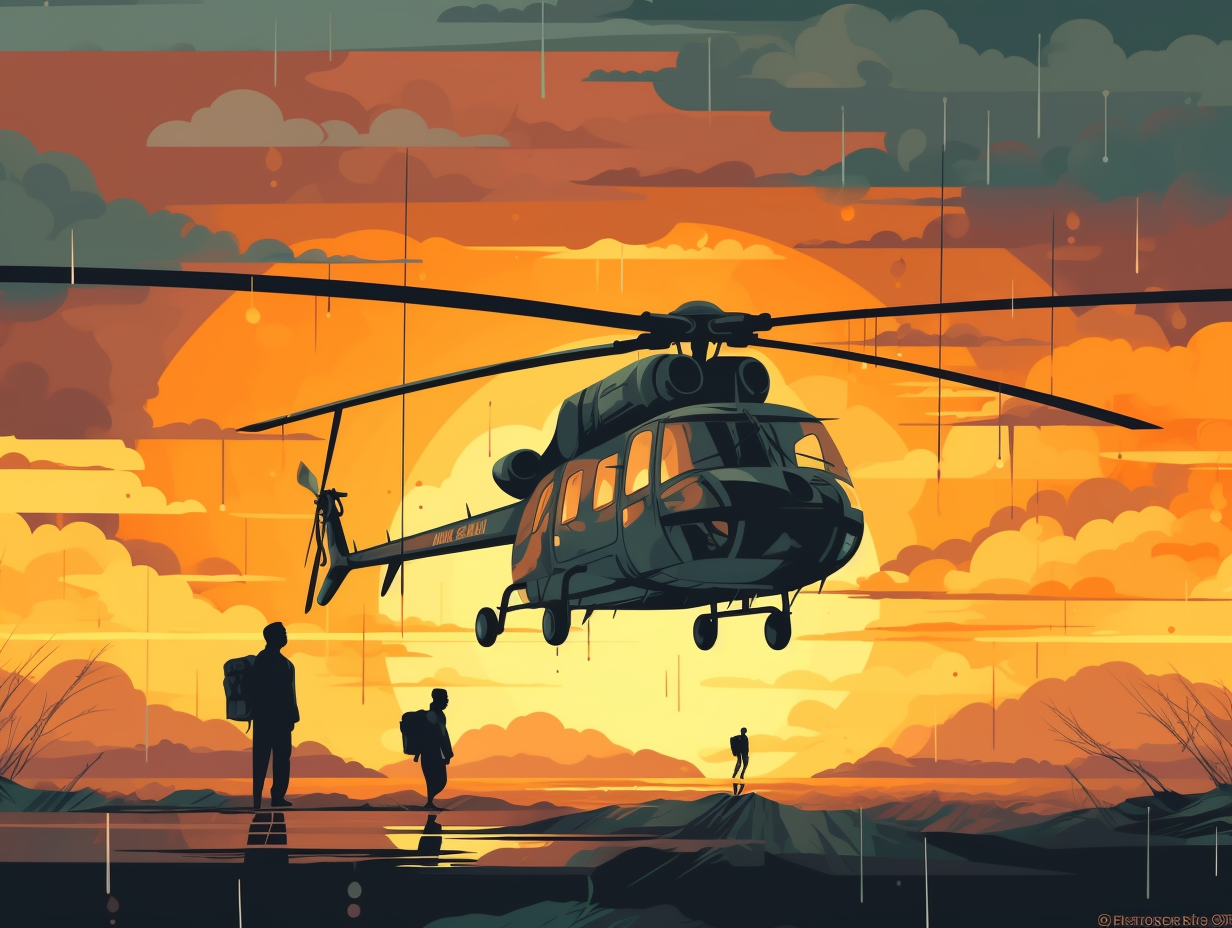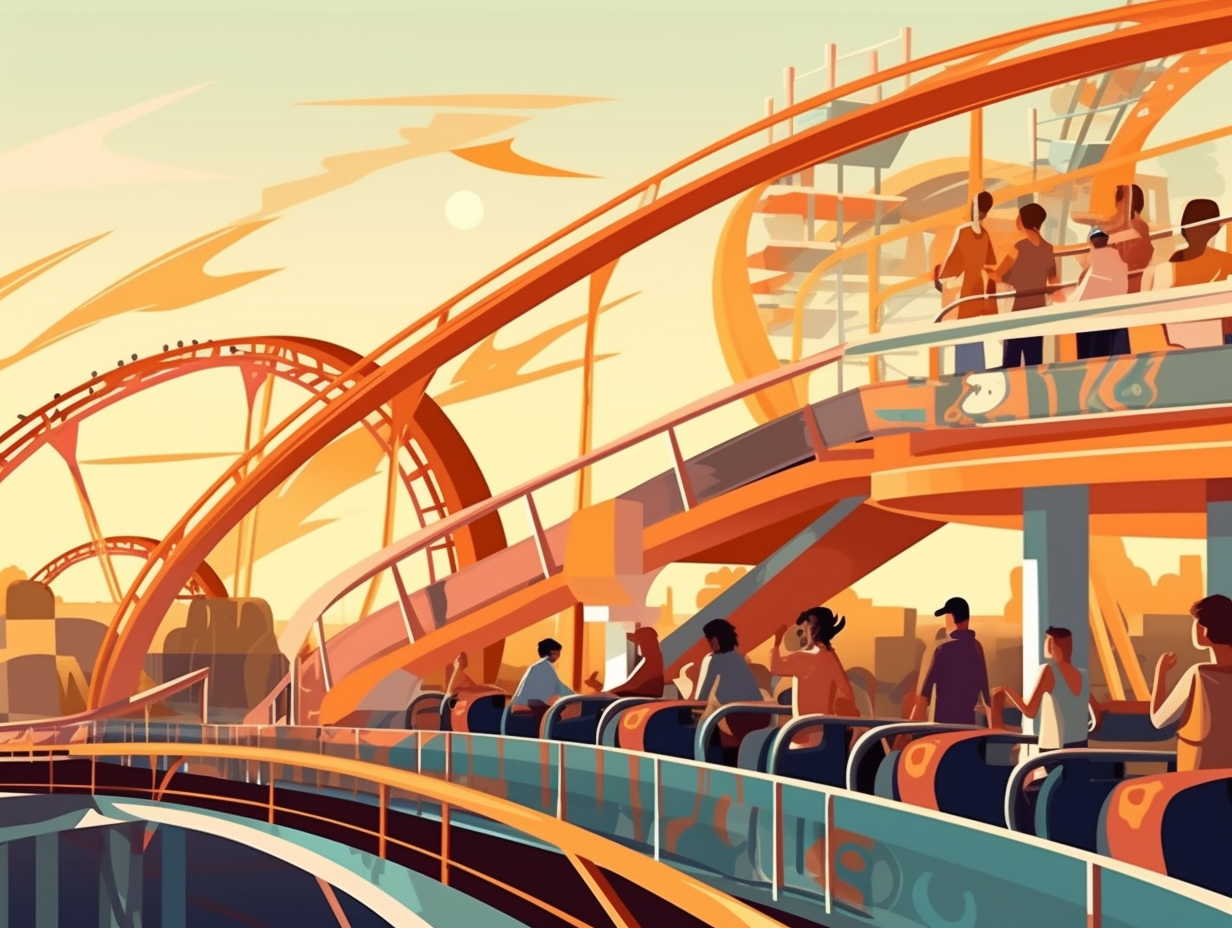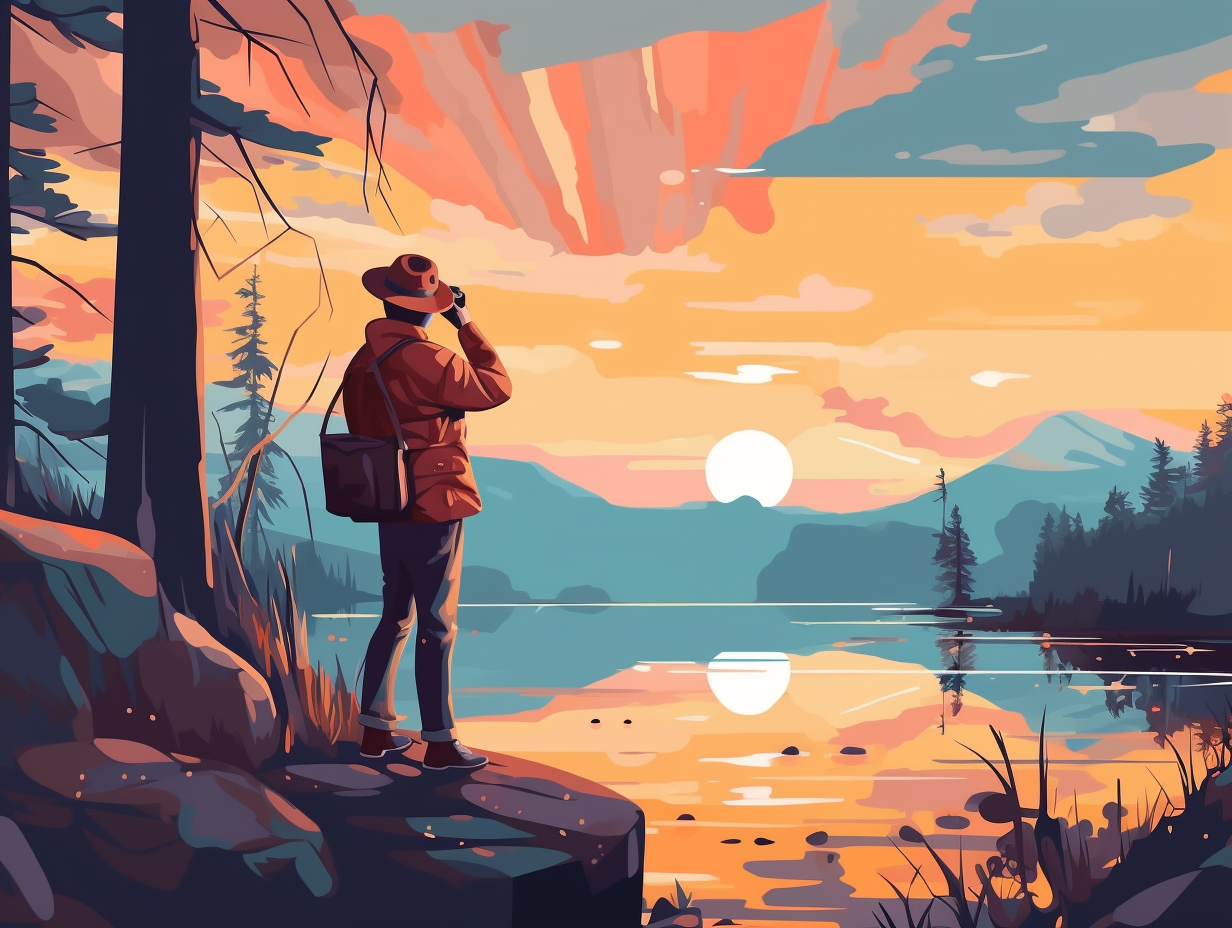High-Flying Secrets: 11 Surprising and Entertaining Facts About Pilots You Never Knew!

1. NASA Astronaut Titles
If you thought the Avengers were the only ones with impressive ranks and fancy titles, you'll be head over rocket boots for the NASA Astronaut Corps: Boasting a star-studded cast from Vostok Pilot Cosmonauts and Payload Commanders to Spaceflight Participants, these space-faring professionals zip through the cosmos with their unique duties, ensuring mission success, crew safety, and high-flying scientific management to earn their coveted Astronaut Pins.
Source => en.wikipedia.org
2. Pilots' "Bird's-Eye Stare"
Up in the air where the views are fair, you might think pilots have a bird's-eye stare, but they'd choose a gaze elsewhere: Despite cruising between 33,000 and 42,000 feet in altitude, pilots usually focus on instruments in the cockpit, often flying above the troposphere where weather events dwell, leaving the real sightseeing experience to the passengers aboard, especially during takeoff and landing.
Source => travelandleisure.com
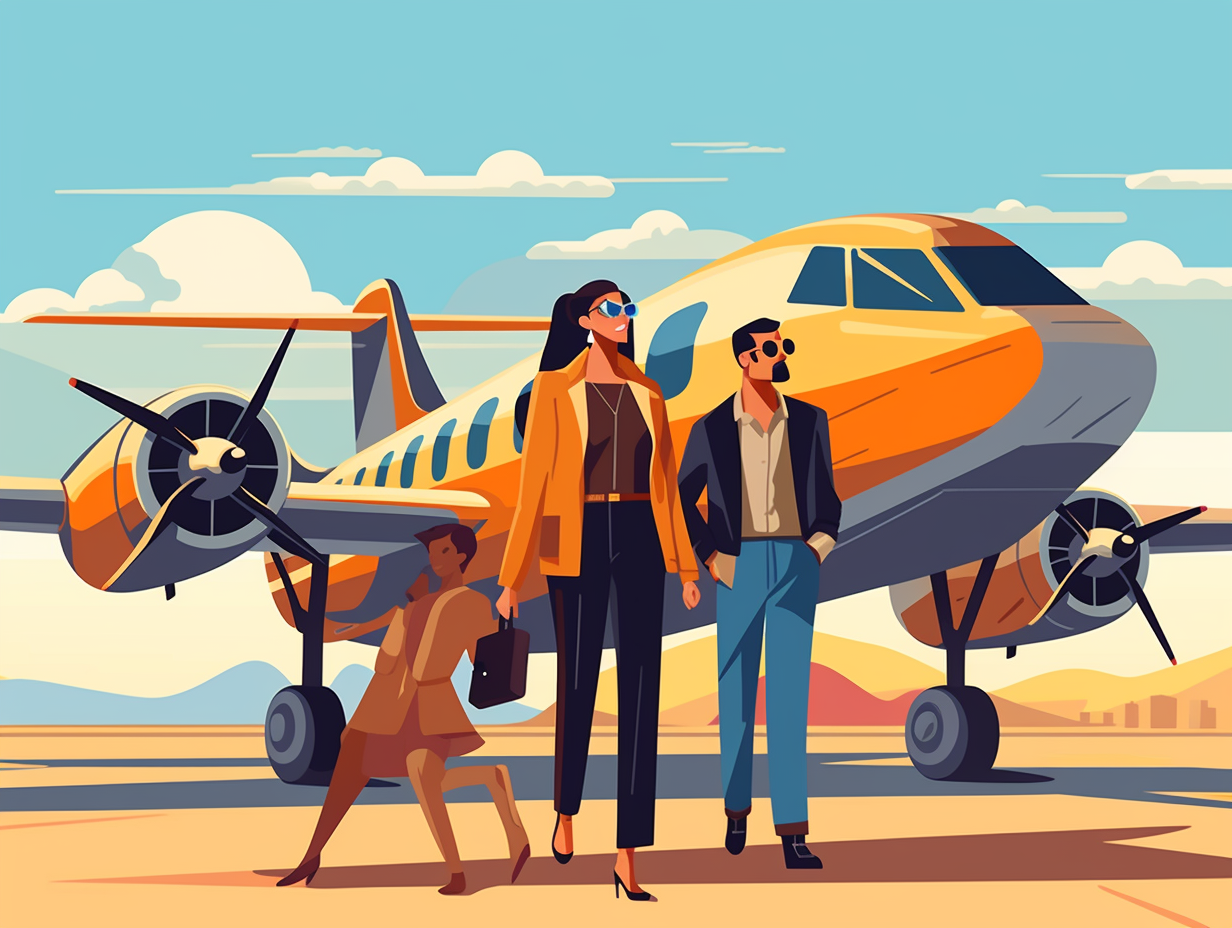
Did you know that airplanes are like a heavy-metal concert with aluminum as the lead star? Discover how this lightweight yet strong metal takes the stage in aircraft construction and learn about its supporting acts! 🤘🎸✈️
=> Fun Facts about Airplanes
3. Napping Revolution for Pilots
Starting a napping revolution from 30,000 feet above: Pilots are adopting the "controlled rest in position" policy, championed by airlines like Air Canada and Qantas, to grab some much-needed shut-eye during long flights. How's that for a power nap? Studies show that even a brief snooze can boost alertness, making flights safer and counteracting the exhaustion from hopping time zones like a jet-lagged kangaroo.
Source => cnn.com
4. Birth of Ray-Ban Aviators
Next time you don a pair of Ray-Ban Aviators, remember: you might be fashioning your world through the "Top Gun" of sunglasses! Hilarious prelude: Introduced as sporting gear for the masses, it was the United States Army Air Corps in 1935 who recognized their inner Maverick and Goose potential, and commissioned Bausch & Lomb to develop a specially designed pair for pilots. These iconic shades would soon become essential in combating glare and fending off harmful UV rays during high-flying missions, turning them into a favorite for flight enthusiasts and fashionistas alike.
Source => wearellison.com
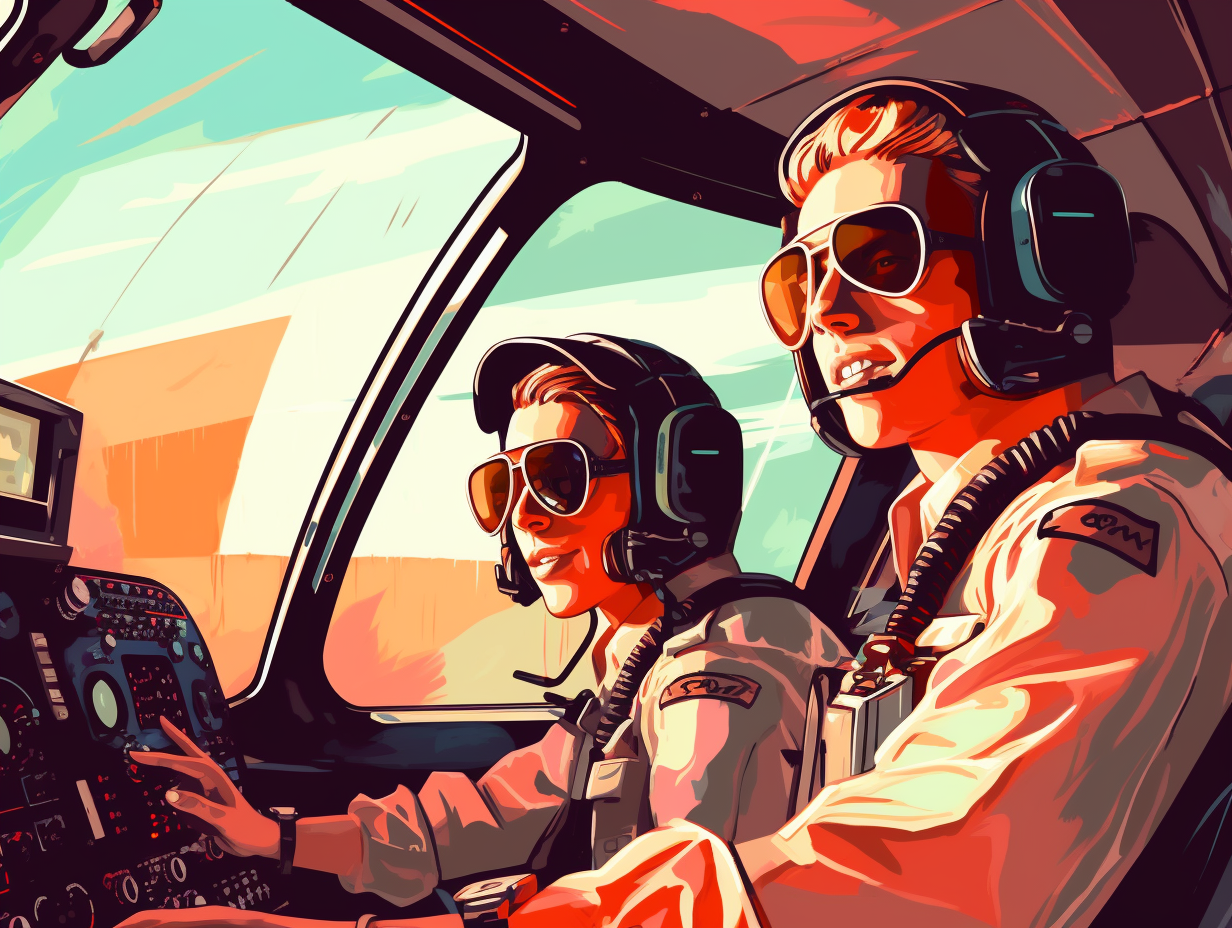
5. Night Practice for Vampiric Pilots
What do pilots and vampires have in common?: They both need some night practice to keep their skills sharp! Pilots must perform at least three takeoffs and landings to a full stop during the night period within the last 90 days to maintain night currency and to legally fly passengers from dusk to dawn.
Source => cfinotebook.net
6. When Pigs Fly: Female Pilots
When pigs fly, or so the saying goes: Guess that passenger didn't expect his plane to be led by not one, but two female pilots, refusing to board due to his own blatant sexism! Bridging the gender gap in aviation, airlines like British Airways now promote women in the field and even send their female pilots to educational institutions to inspire young girls to pursue high-flying careers.
Source => economist.com
7. Fuel Stop Party Planning
Pilots aren't just aviation experts, they're also master strategists in the exhilarating game of "Fuel Stop Party Planning": meticulously evaluating weather conditions, maintenance services, proximity to local attractions, and fuel prices to plot out the perfect pit stop destinations on long journeys.
Source => pilotworkshop.com
8. Chuck Yeager Breaks Sound Barrier
Breaking the sound barrier is no joke, but for Chuck Yeager, it was as easy as Yeager-bombing right through it: On October 14, 1947, Yeager piloted the Bell X-1 Glamorous Glennis, becoming the first person to fly faster than the speed of sound and providing crucial transonic and supersonic flight data that would lead to America's first supersonic fighter during the early years of the Cold War.
Source => airandspace.si.edu
9. Navy Pilots vs. UFOs
Move over, X-Files: it seems that U.S. Navy pilots are giving Mulder and Scully a run for their money, encountering UFOs with gravity-defying capabilities that have even the Pentagon scratching its head! The serious reveal: Despite investigations, no evidence has been found that these unidentified flying objects were created by classified U.S. government programs or agencies, leaving extraterrestrial enthusiasts with bated breath for further revelations on this aerial enigma.
Source => npr.org
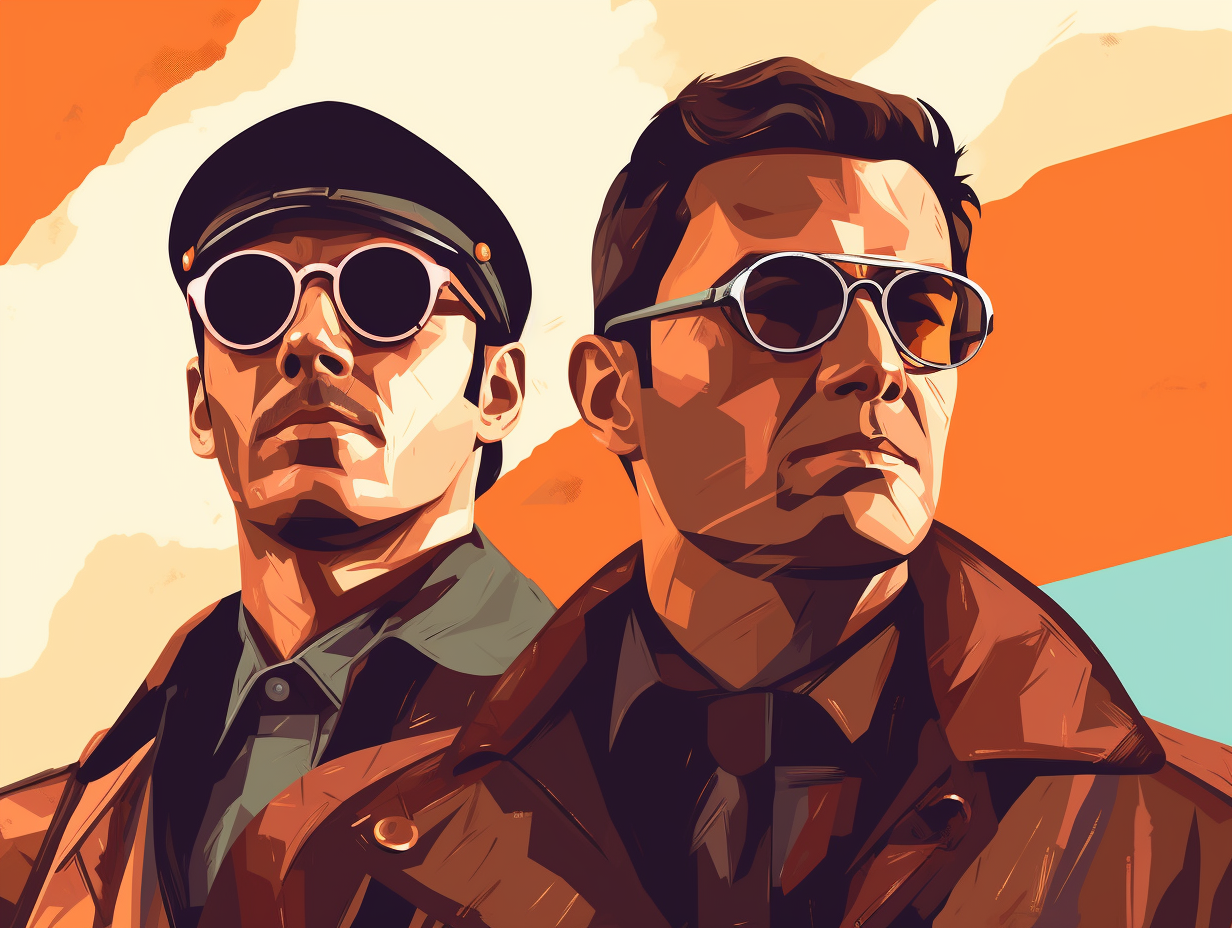
10. Dodging Volcanic Boogers
Ever wondered how pilots have a blast dodging giant volcanic boogers in the sky? It's quite the ashy situation: By adhering to company approved procedures and manufacturers guidance, pilots tackle volcanic ash encounters like pros, preventing engine failures and keeping crew and passengers safe. But don't rely on weather radar – those sneaky ash particles are too small to detect!
Source => skybrary.aero
11. Skywriting: Painting with Planes
When pilots aren't just winging it and want to literally paint the town red, or rather, the sky: skywriting is not only a mesmerizing form of airborne graffiti, but it's also eco-friendly, thanks to the paraffin oil used for the smoke vaporizing at a scorching 1500° in the plane's exhaust without leaving any harmful emissions behind!
Source => loc.gov
Related Fun Facts


